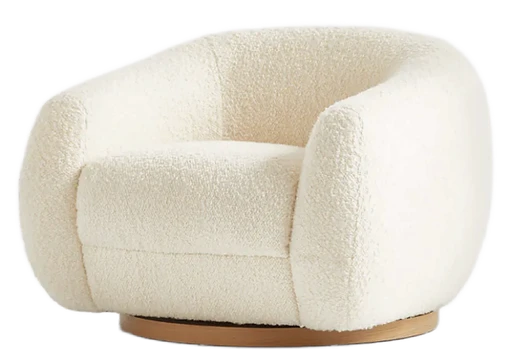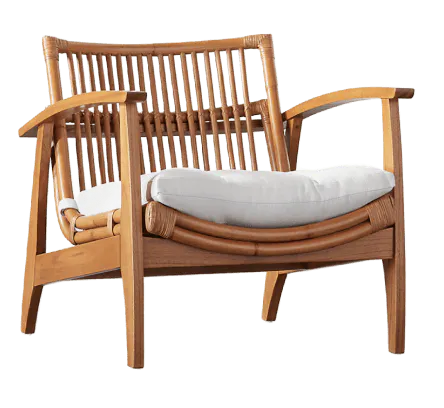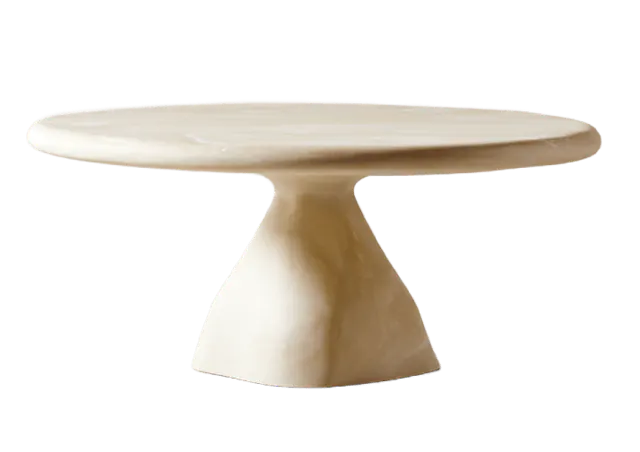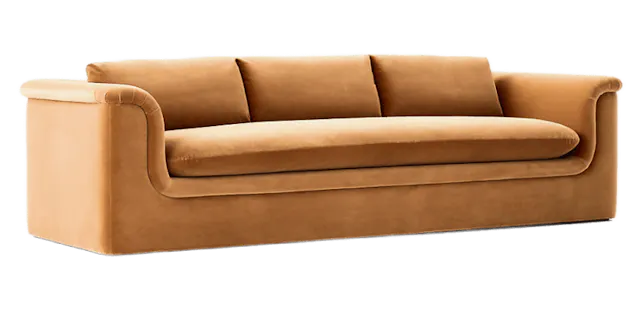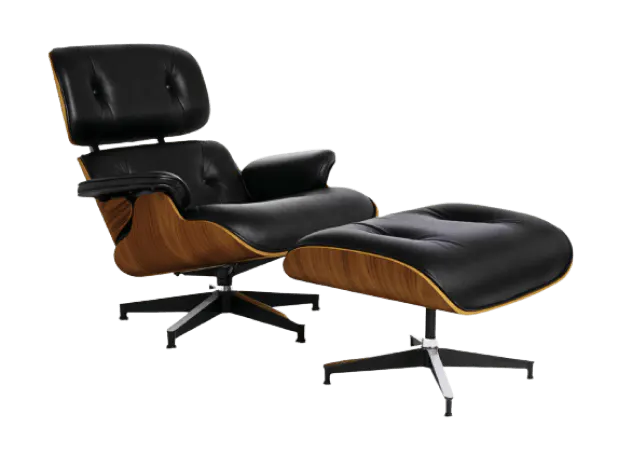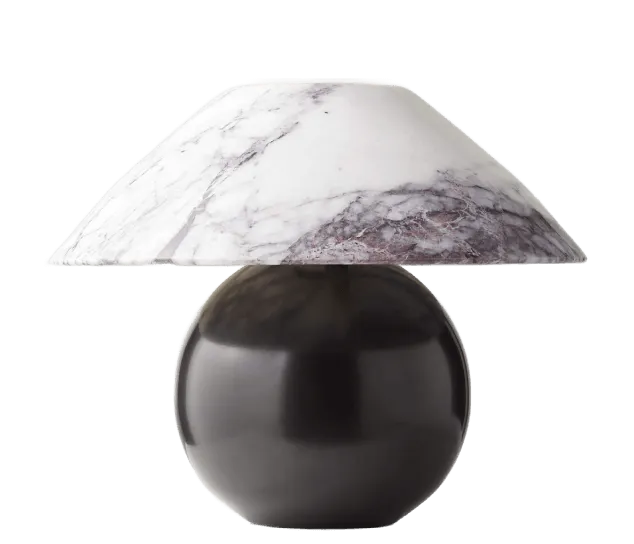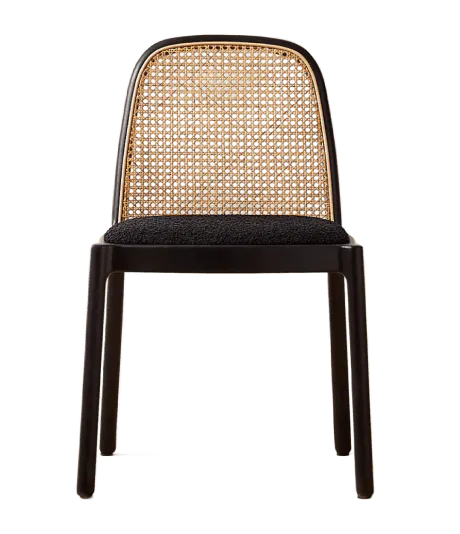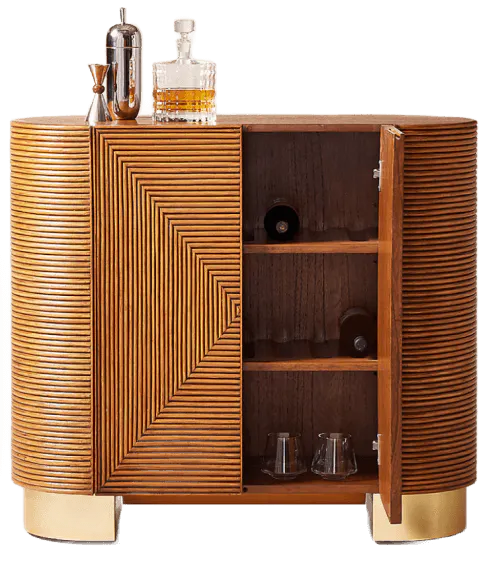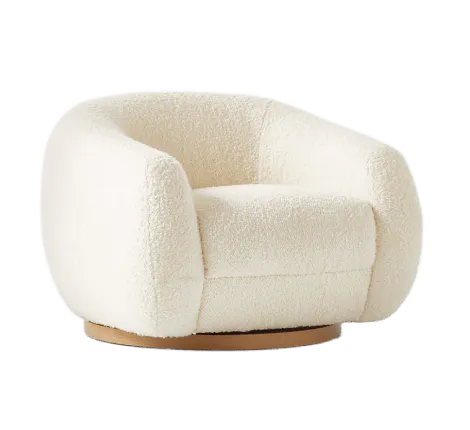Functional Nightstand Ideas
Nightstands for Minimalists
The best nightstands don't shout, they whisper. A simple lamp (15-20 watts LED), maybe a slim alarm clock, and a catch-all dish for the small stuff—that's really all anyone needs. Light wood tones or white finishes tend to disappear into the room, which is exactly what you want.
Most folks get caught up thinking neutral means boring. Not true. A clean maple finish or soft dove gray can anchor a space just as well as flashier options. Single drawer underneath? That's plenty for storing the stuff you don't want visible but need close by (reading glasses, magazines, that novel you're totally gonna finish someday).
The whole minimalist thing isn't about having nothing—it's about having the right things. Clean lines, simple shapes, no extra fuss. Works best in rooms that already lean modern, where everything has its place and nothing's fighting for attention, like a quiet conversation instead of a shouting match.
Nightstands with Storage Space
Storage changes everything. Two drawers minimum—that's the sweet spot. Top drawer gets the tech stuff (chargers run about 3-6 feet long, so they fit perfect), bottom drawer handles the personal items. Some of the better designs include a hidden shelf behind the drawer front, like a secret compartment that slides out.
Those fancy floating drawers with soft-close mechanisms? Worth every penny. Nobody wants to hear a drawer slam at 3 AM. And don't sleep on baskets—they're perfect under those airy metal frame tables. A 12x12 woven basket holds plenty: extra books, a sleep mask, maybe that heating pad for winter nights.
Small space dwellers swear by these setups. Everything disappears when you need it to, but stays within arms reach. The best storage nightstands look empty but work overtime.
Nightstands for Small Bedrooms
Tiny rooms need smart furniture. Look for nightstands under 16 inches wide—anything bigger eats up precious space. Some of the best ones are barely there: just a simple platform supported by hairpin legs or a single piece of bent metal.
Wall-mounted options? Game changers. They float 12-18 inches off the floor, making even the smallest rooms feel bigger. Plus, you can mount them at exactly the right height for your bed setup (most folks aim for 2-3 inches above mattress level).
Get creative with alternatives. A stack of vintage suitcases. An old wooden crate turned sideways. Even a ladder shelf that leans against the wall—bottom rungs for books, top one for your water glass. Small spaces don't need less stuff, just smarter stuff.
Creative Nightstand Designs
Unconventional Furniture Pieces
Regular nightstands? Boring. Stack up some hardbacks (8-10 books usually hits the right height), secure them with a leather belt, and boom—instant character. Some readers build these book towers like mini sculptures, mixing sizes and colors till it looks just right.
Old stuff works great, too. That metal shop stool from the flea market, grandma's steamer trunk, or one of those rolling carts from IKEA (the ones that cost like 30 bucks). A wooden crate flipped on its side needs maybe 15 minutes’ work—sand the rough spots, slap on some paint, done.
Rolling furniture's pretty smart, actually. Those little caster wheels mean you can push everything aside when you're vacuuming or rearranging. Plus, it's kinda fun having a movable command center next to your bed.
Artistic and Personalized Touches
Here's where things get weird—in a good way. Some folks build these branching nightstands that look like little trees. Others turn old dollhouses sideways, add some shelves, and call it done. Sounds crazy, but it works.
Paint changes everything. Grab some fancy paper from the craft store, stick it on with that special glue stuff (Mod Podge runs about 8 bucks a bottle), seal it up. Suddenly, that plain box becomes something else entirely.
Match your room's vibe. Country bedroom gets rough wood and mason jars. Fancy space wants shiny surfaces and metal details. Beach house? Those woven grass baskets look perfect—plus, they're super light and easy to move around.
DIY and Upcycled Nightstands

Image: Travison Nightstands with 3 Drawers & Outlets
Budget-Friendly DIY Options
Free furniture is everywhere if you know where to look. That beat-up dresser somebody left out? Sand it down, hit it with some chalk paint ($15 a can), swap out those old pulls for new ones ($3-4 each), and suddenly, you've got something that looks store-bought.
Building from scratch isn't rocket science. Get some 2x4s, cut em down to size (most beds sit about 25 inches high), throw on some stain. Takes maybe an afternoon, costs under 30 bucks. Perfect for those spare rooms where fancy storage ain't needed.
Sometimes the simplest stuff works best. One solid piece of pine board (12x24 inches) mounted on L-brackets—that's all you need. Costs maybe 20 dollars total and looks clean as anything from those fancy catalogs.
Custom Builds and Eco-Friendly Ideas
Old barn wood's got stories to tell. Take an 18-inch square chunk, add some metal pipe legs, and boom—instant character piece. Those old drawer fronts nobody wants? Stack ‘em up, add some sides, now you've got storage.
Regular furniture gets boring. Try mounting an old wooden ladder sideways—each rung becomes a shelf. Or, grab some vintage crates, stack ‘em up Tetris-style. The eco crowd loves this stuff cause nothing hits the landfill.
Custom work makes sense when regular stuff doesn't fit. Weird angles, platform beds, radiators in the way—sometimes you gotta build exactly what you need. Plus, it's way cooler telling people, "Yeah, I made that," instead of naming some big box store.
Personalized Nightstand Setups
Hobby-Centric Nightstands
Your bedside setup tells your story. Book people need those extra-deep shelves (a standard paperback runs 8 inches deep, hardcovers need 10). Stack ‘em horizontal, vertical, whatever works. Clip-on reading lights are clutch—the good ones run about 15-20 bucks and last forever.
Journal folks need different stuff. Drawer space for all those half-finished notebooks, maybe a little box for favorite pens. Some people mount a pencil cup right to the side—looks weird, but works great.
Planning types turn their nightstands into mini offices. Cork squares (12x12 inches) screwed right to the side, little drawer organizers for sticky notes and tabs. Sounds intense, but if that's your thing, go for it.
Tech-Optimized Nightstands
Charging stuff's gotten crazy smart. New nightstands with built-in charging stations. Cable management kits cost like 10 bucks and save hours of frustration.
Some of these things look like they're from the future. USB ports, motion-sensing lights, and speakers in the base. But don't go overboard—too many features just means more stuff that can break.
Main thing? Keep it clean. Nobody wants to see a rat's nest of charger cables first thing in the morning. Hide the tech, show the style.
Spiritual and Decorative Nightstands
Some folks make their nightstand like a little sanctuary. Crystal collection on display, maybe an essential oil diffuser puffing away. Even just a tiny succulent in a 4-inch pot adds life.
Natural materials feel right here. Bamboo stands, rattan boxes, those woven grass baskets from the import store. Throw a piece of raw silk across the top, add some meaningful objects—suddenly it's not just furniture anymore.
This setup's about intention. Every object means something. Whether it's that rock you found hiking or grandma's old photo—if it matters to you, it belongs there.
Nightstands by Style and Theme

Image: Sereena Nightstand with 3 Drawers & 2 USB Ports
Farmhouse & Rustic Styles
Country style's all about that lived-in look. Raw pine boards, those black iron handles from the hardware store ($2-3 each), and maybe some chalk paint rubbed off just enough to look old. White works too—especially after you rough it up with some sandpaper.
Simple stuff works best here. One drawer for private things, an open shelf underneath for those wire baskets everybody's got now—nothing fancy, nothing fussy.
Best part about rustic? Dings add character. That scratch from moving? Part of the story. Those knots in the wood grain? Perfect just like that.
Modern & Chic Styles
Clean lines rule modern spaces. Black metal frames (powder-coated steel's pretty standard), glass tops, maybe some chrome if you're feeling fancy. No extra frills, just straight edges and 90-degree angles.
Layer things up with those stepped nightstands - bottom shelf for books, middle for that fancy air plant, top for the essential stuff. Some folks go all out with the glam touches—gold-dipped legs, mirror finishes, crystal knobs that catch the light.
Color's okay here too. Electric blue metal lamp base, bright yellow drawer fronts—as long as it's bold and intentional, it works.
Luxury Nightstands
High-end means thinking about every little thing. Real marble tops (usually 3/4 inch thick), solid brass pulls that feel heavy in your hand, wood stained so deep you could fall in.
Tech gets fancy too. Charging spots hidden under flip-up panels, lights that turn on when you wave your hand, drawers that won't open unless you punch in a code. Sounds like overkill but in main bedrooms people want the extras.
Even the small stuff matters—those $40 marble coasters, art books stacked just so, maybe a vintage clock that actually keeps good time. When you're doing luxury, might as well go all in.
Optimization Tips and Mistakes to Avoid
Nightstand Height and Bed Matching
Numbers matter here. Your nightstand should hit right at mattress height or maybe 2–3 inches lower. Most beds sit about 25 inches high, so nightstands usually run 24–28 inches. Get this wrong, and you'll hate reaching for stuff in the dark. And while you're at it, make sure to check how tall a bedside lamp should be to keep everything in proportion and functional.
Measuring's boring but necessary. Grab a tape measure, check your mattress height, then subtract an inch or two. That's your target.
People mess this up all the time. They see something cute online, buy it fast, and then realize it looks like a kiddie table next to their bed. Don't be that person.
Common Styling Mistakes
Some folks treat their nightstand like a display shelf at the mall. Six candles, three plants, stack of books nobody reads, fancy tray that's always in the way. Stop it. Leave room for the actual stuff you use.
No drawers = chaos, eventually. Even those minimalist type people need somewhere to stash chapstick and charging cables. One drawer minimum, that's the rule.
Pretty isn't worth much if you can't use it. Those super skinny pedestal tables look great on Pinterest, but try putting a glass of water on one without knocking it over.
Practical Styling Tips
Switch things up when seasons change. Winter gets those warm LED bulbs and maybe a fuzzy cloth runner. Summer means lighter stuff—maybe a small fan and lighter colored accessories.
Match your room's energy. A modern room needs a modern nightstand. A country bedroom wants something rustic, like this rustic grey farmhouse nightstand with charging station. Mix those up and something feels weird, even if you can't explain why.
Personal touches work magic, too. That weird rock you found hiking, picture from last summer, mug that makes you smile—put ‘em out. Display them. Makes the whole setup feel like it belongs to somebody real.
Final Thoughts
The humble nightstand tells a story in any bedroom. Most folks don't think twice about that trusty surface next to their bed, but it's probably the first thing they touch in the morning and the last at night (besides their phone, which sits there charging anyway).
Some practical tips for picking the right one:
Match the height to your mattress top (plus or minus 2-3 inches)
Leave about 3 inches between the stand and bed
Consider your reach zone—most people can comfortably grab things within 20 inches
Think about what you actually use it for
The market's got everything from $30 basic tables to $3000 designer pieces. Mid-century modern ones with those skinny legs seem to be everywhere right now, but there's also a bunch of cool industrial-looking ones with metal frames popping up.
For small spaces, floating shelves work great—they take up zero floor space. And if storage is your thing, look for ones with at least two drawers (the top drawer's usually about 4 inches deep, perfect for books and tablets).
Want the look without breaking the bank? Copy that designer piece's link into Dupe. You'll probably find something pretty close for way less money. Sometimes way, way less.
Frequently Asked Questions
How can I turn a bar cart into a functional nightstand for a modern bedroom?
Go for a cart with at least two tiers—top for a lamp and water, bottom for books or décor. The average height (around 30") lines up with most beds. Casters make it mobile, and the rails keep things in place. Bonus: you can paint it for a fun pop of color.
What's the deal with floating nightstands in small bedrooms?
They’re perfect for small spaces—no legs means more floor room. Mount them into studs for strength, and look for ones with built-in chargers or drawers. Clean wood finishes or cane-front styles add a modern touch with texture.
How do you style those weird-shaped tree stump nightstands?
Seal the top to protect against water rings, and use books to create a level spot for your phone or lamp. They’re heavy (up to 40 lbs!) but bring gorgeous natural texture to rustic or minimalist spaces.
What's the secret to mixing vintage chests with modern bedroom furniture?
A black vintage chest adds charm and way more storage than a typical nightstand. Update the hardware for a fresh look—matte black or brass both work. Pair it with simple, modern pieces to keep the room feeling balanced.
When does using tiered carts actually work better than regular nightstands?
In guest rooms or tight spaces, tiered carts offer tons of flexible storage. Use each shelf for different essentials, and go for one with locking wheels so it stays put at night but moves easily when cleaning.







